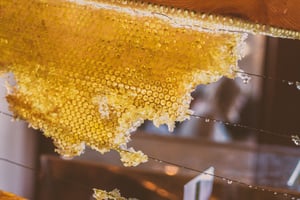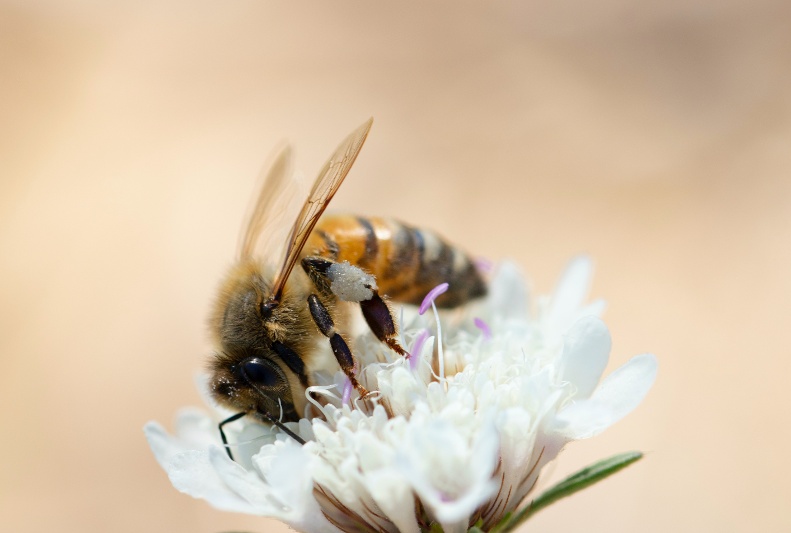Not only sweet and friendly, but incredibly important as pollinators of food crops, bees are one of the living creatures humankind are fighting to protect.
The following definitions come from the IFIS Dictionary of Food Science and Technology (2nd edition).
Bees
Insects of the order Hymenoptera that are of commercial importance due to the ability of some species to produce beeswax, honeys and royal jelly.
Some bee species of Halictidae or Apidae families have evolved to living in social groups or colonies. One of these species, the honeybee (Apis mellifera), produces a bee colony or comb, constructed of hexagonal cells composed of beeswax, in which to store food (honeys), and house insect eggs and larvae and the reproducing female bee or queen. Bees also have an important role in pollination of plants, including fruit trees.
Beeswax
Yellow-coloured substance secreted by bees to make honeycombs. Solid, but easily moulded when warm. Consists of esters, cerotic acid and hydrocarbons. Used to make edible wax coatings for foods and edible films. Aqueous extracts may be used as flavourings.
 Honeys
Honeys
Natural syrups produced by honeybees predominantly from nectar but also from honeydew and fruit juices. Honey consists of approximately 20% (w/w) water and 80% sugars, mostly fructose and glucose.
Honeys also contain the flavour compounds and aroma compounds present in the nectar or fruit juices collected, composition of which is dependent on its botanical origin, and it is these minor components that give honeys their individual flavour. Honeys are collected from honeycombs, where they are stored, and may be used directly as both foods and sweeteners.
Royal Jelly
An apicultural product. Secreted from the hypopharyngeal glands located in the heads of young worker bees and used in the colony to feed young larvae. The secretions are thought to possess beneficial health properties, and are thus marketed as health foods.
Definitions from the IFIS Dictionary of Food Science and Technology (2nd edition), available through Wiley.
Related posts:
California’s almond trade is exploiting one of nature’s most essential workers
Insect pollinators and food security
Free whitepapers: Browse our collection of food science e-books
Bee photo by Sian Cooper on Unsplash, honeycomb photo by Jez Timms on Unsplash


